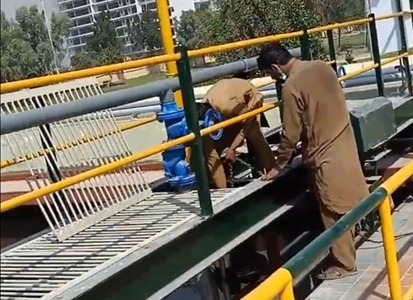
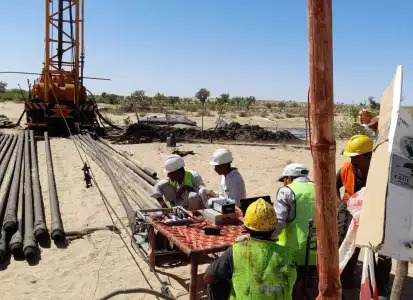
Vertical Electrical Soundings (VES) with Schlumberger configuration are conducted in order to delineate groundwater potential aquifer zones. Vertical Electrical Soundings (VES) at site are observed to study the subsurface lithology.
The results of the investigations obtained by using electrical resistivity software are presented in tabulated form, indicating the interpreted thickness and resistivity of the subsurface layers
Multi-Electrode Electrical Resistivity (MER) provides rapid, non-invasive, and cost effective geophysical mapping over any type of terrain. MER system employs 32 to 256 electrodes attached to a cable. On land, the electrodes are coupled to the ground using 24-inch stainless steel spikes. Several different methods (Wenner or Schlumberger or diploe diploe) are used to collect electrical data. MER technique is used for the following purposes:
The seismic survey can explain subsurface discontinuities, layering, and probable rocks/structures. It is suitable for the investigation of coal, oil and gas, groundwater, and massive metallic deposits. A 3D seismic survey outlines the basin configuration and resource estimate. Exploration seismograph is used for following seismic survey.
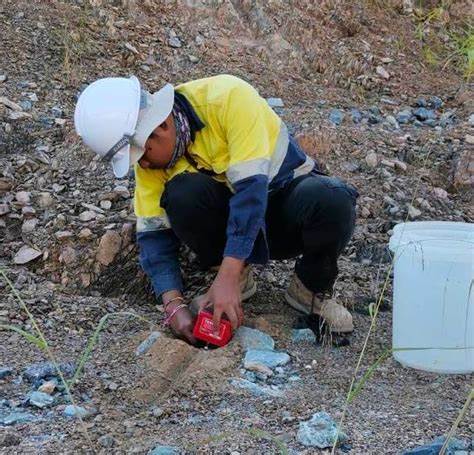
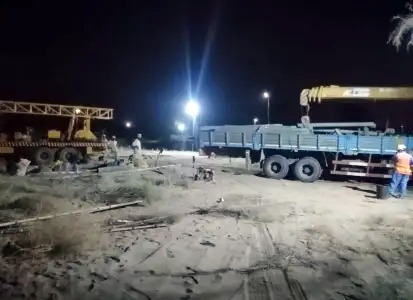
Geophysical logging is very useful tool to help recognize aquifer zone and lithology of borehole. The logs acquired from boreholes are used to interpret aquifer zone and the lithologies encountered in the borehole during drilling.
Geophysical log represents the thickness of aquifer zone, the aquifers identified after qualitative interpretation of natural gamma, SP and SPR logs are tabulated indicating the top, bottom, thickness and lithologies.
The geophysical logs are generally included in water well exploration program for aquifer zone recognition and stratigraphic identification and the rank, quality, and its thickness, besides other methods of exploration.
Borehole exploration techniques are a synonym for geophysical logging and are helpful for identifying the following:
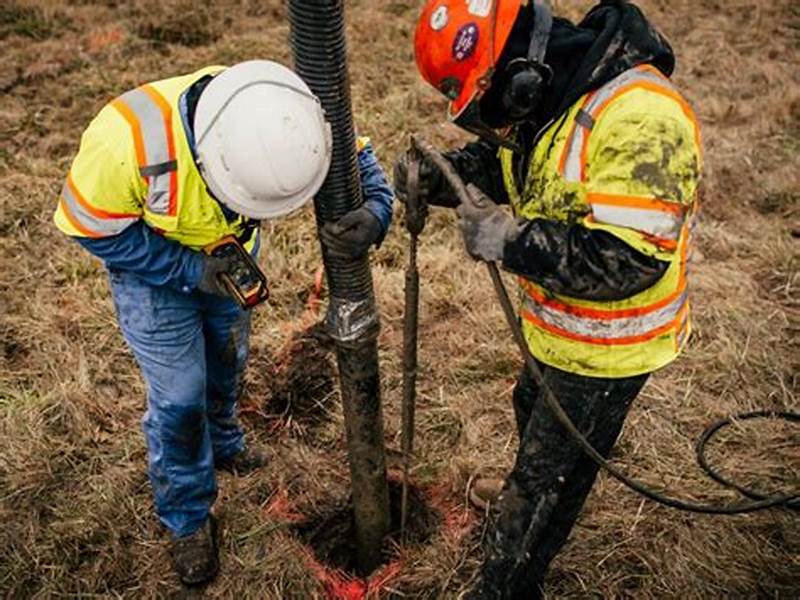
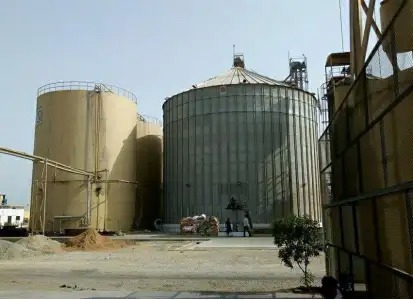
In drilling industry SDS-SAAD Drilling Services is the pioneers in regards to Video logging. Our equipment has the competence to facilitate the customer requirement by going down-hole to capture the real time condition with the extensive range of up to 500m.
The Video logger complete system is able to photograph or film during the investigation. Also,comments and explanations can be saved for any documentation/record of your project. Performing a video inspection can determine the causes of the most common problems that can affect a well in the course of its productive life, such as the presence of sand and a decrease in water flow. Furthermore, it can detect abnormalities such as deterioration, deformation, corrosion, cracks and excessive deposit on the bottom.
The Video logger can assess situations of risk from degradation and the appropriate measures needed to repair the well. Maintenance can therefore be conveniently scheduled according to the typical characteristics of the groundwater and resulting problems. It also helps to rapidly complete the missing documentation for existing wells (total depth, depth of installation of the filtering features, type of pipes and efficiency) and to check the actual conditions before performing costly repair work.
“Looking for something specific? Let us know and we’ll help you find exactly what you need!”
"SDS-SAAD Drilling Services delivered exceptional dewatering services on our construction site. Their team was knowledgeable, punctual, and handled everything with precision."
"Their expertise in groundwater control helped us avoid major delays. The solutions were cost-effective and tailored perfectly to our project needs."
"Professional, reliable, and technically sound — SDS-SAAD Drilling Services handled our water well installation flawlessly. Highly recommended for any engineering project."




Whether you’re developing water resources, constructing critical infrastructure, or exploring subsurface potential, our innovative approach and relentless precision turn visions into reality.
Copyright 2025 By Webco Technologies